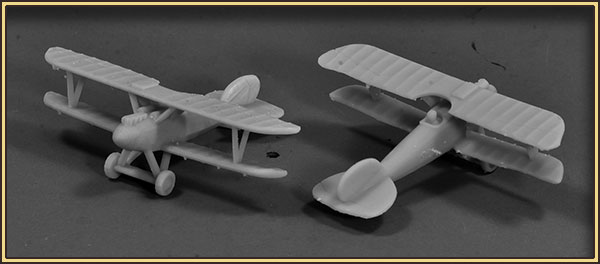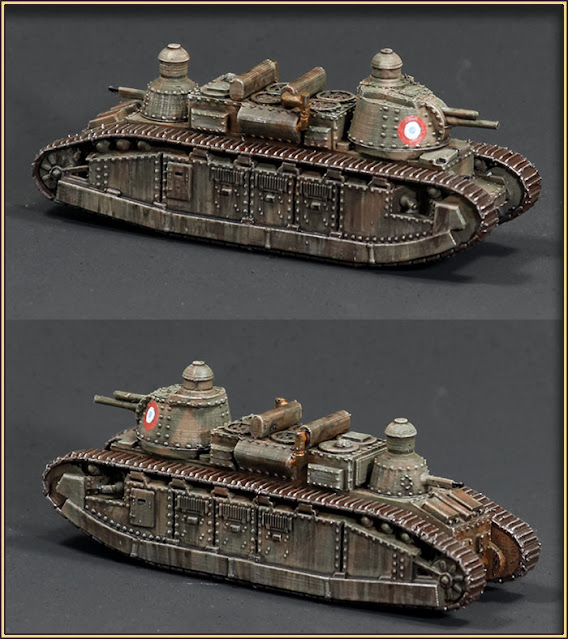In spite of the fact that absolutely none of my friends seem to share my view that WW1 aerial wargaming is great, I do persist in making little aeroplanes for the express purpose of WW1 aerial wargaming.
These are my latest attempts, in a new scale: 1/200, off my new printer. These ones are from STLs I've picked up somewhere, I don't recall where, but I'm designing some of my own as well. Generally, printing has gone pretty straightforwardly, but I'm getting some warping in the leading edges of the starboard top and bottom wings on the Fokker Dr1 (front).
I think the Wings of War/Wings of Glory models are 1/144, which is a good scale for these planes too. I might try one or two in that scale.
Next day...
I've been tinkering with making some 1/200 models of my own. I've been a bit intimidated about modeling aircraft because of all their compound curves, but WW1 aeroplanes are a lot easier in that respect — most of them are just made up of canvas-covered wooden frames.
This one, the Albatros DVa, is one of the curvier planes of the time, but even so its fuselage is a pretty simple shape to create. It had a monocoque fuselage built up from laminated plywood, which made it light and strong.
The first test print went well, so I think I can call it a success.
I've only stripped off the supports, and I haven't done any other cleaning up, so there are a few nubbins and things that will need to be taken care of.
It should up-scale to 1/144 without any problems, though I wouldn't take it any larger than that as it would start looking very chunky. It would probably print at 1/300 too, though I wouldn't make any promises in that regard.




























